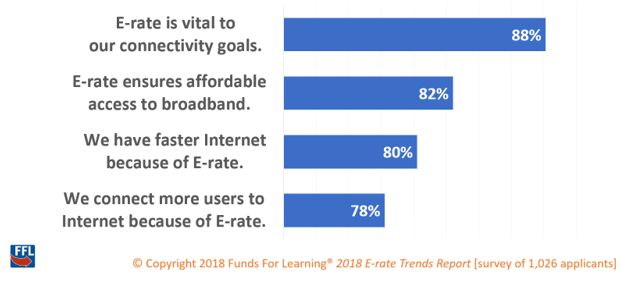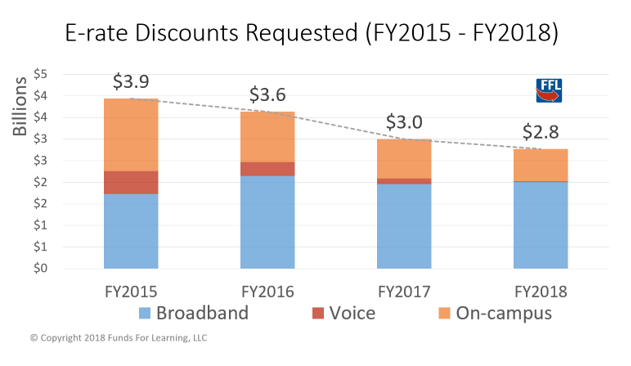

Another culprit is the regulation that put a stop to Voice over IP (VoIP) technology in schools and libraries. These groups spend nearly a billion dollars a year on voice services, and they desperately want to switch to modern IP-based telephone services. But, guess what? the E-rate regulations do not support it. Schools and libraries are left to fend for themselves if they want to upgrade to voices services that leverage the Internet and Wide Area Network connections.
School and library Internet access and communications should not be held back by these regulations. E-rate applicants should no longer be required to underreport their demand for connectivity; the Category Two budget caps should be raised to reflect the real demand; the regulations should be removed that prohibit network management and security devices; and the rules should once again allow for Voice over IP network hardware and services to receive support.
At a time when our schools and libraries need E-rate funding the most, we need the FCC to intervene to protect the E-rate program. Eliminating the regulations that limit applications and hold back demand will allow the program to achieve its full potential; Wi-Fi networks and advanced VoIP communications will transform places of learning faster; and overwhelmed E-rate administrators will find it easier to fulfill their responsibilities. Our students and library patrons are counting on the E-rate program. They deserve to be connected to the Internet, and it is up to the FCC to rid us of the regulations that block access to support, mask demand, and overly complicate the application process.
